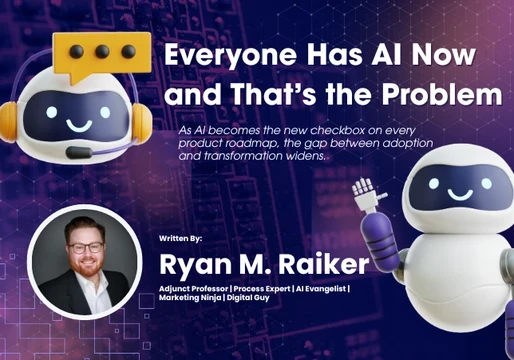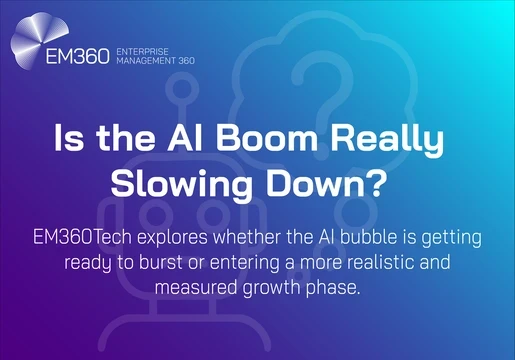
Ericsson, one of the world's largest providers of telecommunications networking technologies, is building a network for SoftBank which will “pioneer” the application of machine learning.
Machine learning is a branch of artificial intelligence which is increasingly being seen as a way to find greater efficiencies and more productivity.
One of the ways, in principle, it does this is by learning as it goes along and either suggesting ways things can be improved or implementing the necessary changes – depending on how it's set up.
SoftBank, one of the largest mobile operators in Japan, says it has implemented the “innovative method” from Ericsson.
The service groups cells in clusters and takes statistics from cell overlapping and potential to use carrier aggregation between cells into account.
This apparently reduces operational expenditure and improves network performance. Compared to traditional network design methods, it cut the lead time by 40% apparently.
Ryo Manda, radio technology section manager at the Tokai network technology department of SoftBank, says: “We applied Ericsson's service on dense urban clusters with multi-band complexity in the Tokai region.
“The positive outcome exceeded our expectations and we are currently proceeding in other geographical areas with the same method and close cooperation with Ericsson.”
Ericsson says the foundation for the method is a “thorough analysis of the actual radio network environment”.
For example, the system considers cell coverage overlap, signal strength and receive diversity into consideration.
The high number of possible relations between cells, as well as considerations for network evolution, calls for “substantial computational power and state-of-the-art machine learning techniques”, says Ericsson.
The company adds that this “highly complex task was a tremendous challenge” which was only solved by implementing a “cutting-edge design concept” based on network graph machine learning algorithm – community detection – that Ericsson has now patented.
Despite these challenges, SoftBank was able to automate the process for radio access network design with Ericsson's service. Big data analytics was applied to a cluster of 2000 radio cells and data was analyzed for the optimal configuration.
Peter Laurin, head of managed services at Ericsson, says: “There is a huge potential for machine learning in the telecom industry and we have made significant investments in this technology.
“It is very exciting to see that the new methods have been successfully applied in SoftBank's network.
“There is a strong demand for this type of solutions and deployments of this service to other tier-one operators in other regions are ongoing.”
Ericsson is combining extensive radio networks competence with the latest machine learning advances to provide a key differentiator for customers on the road to automation.
To support Ericsson's global strategy to bring machine intelligence into different streams, Ericsson Network Design and Optimization is running an Artificial Intelligence Accelerator Lab, hosted in Japan and Sweden, looking to develop these use cases.







Comments ( 0 )